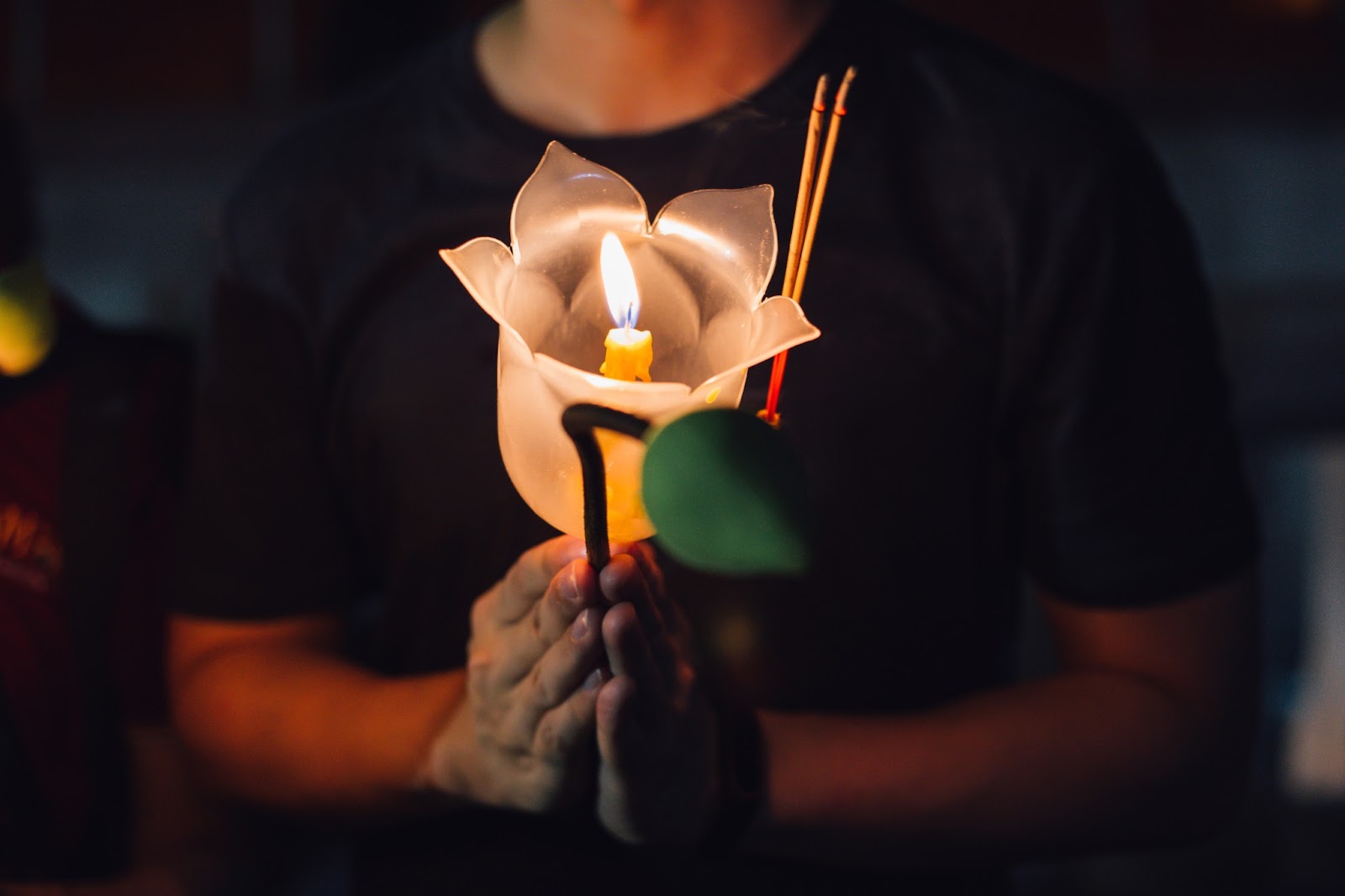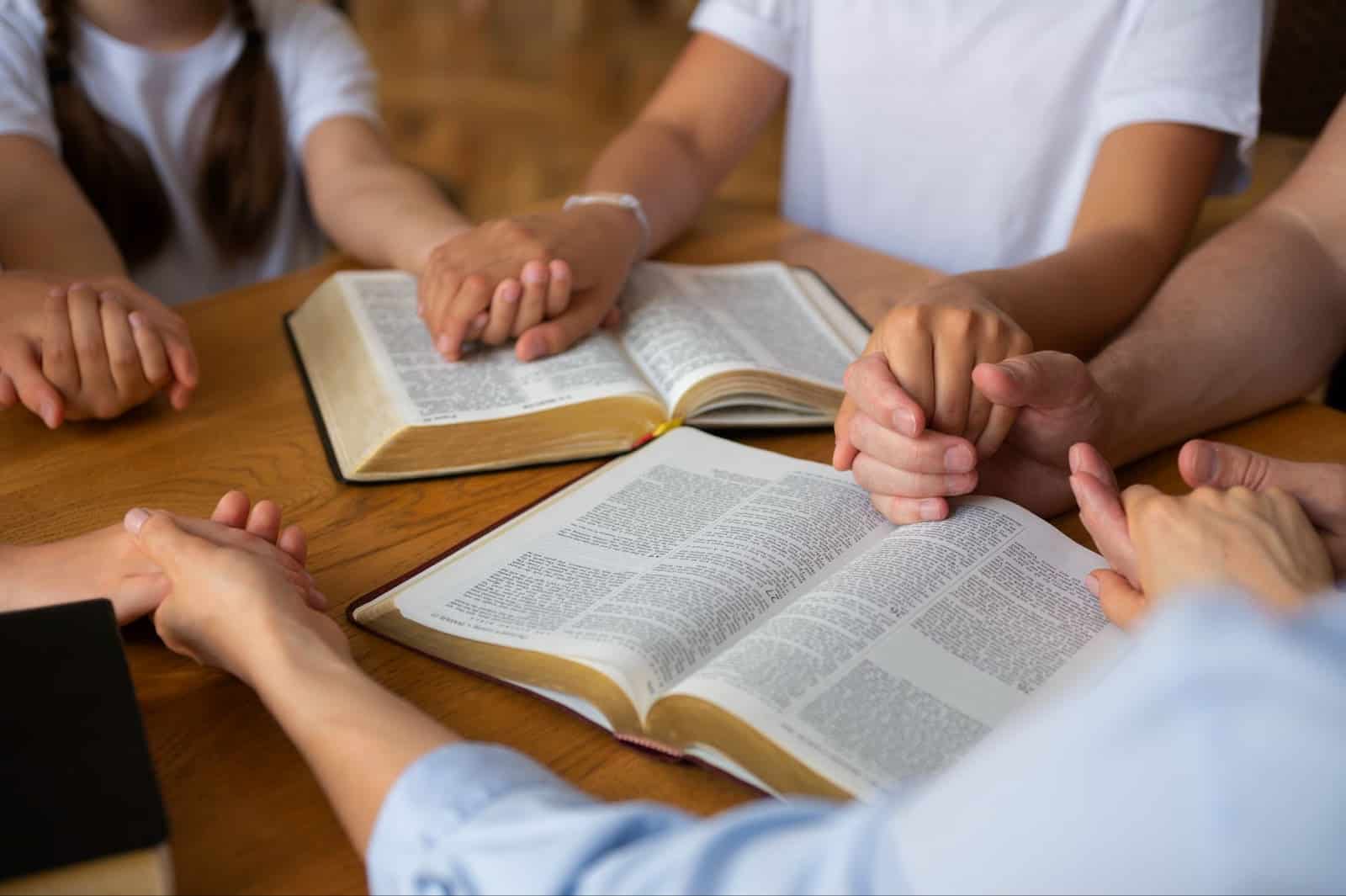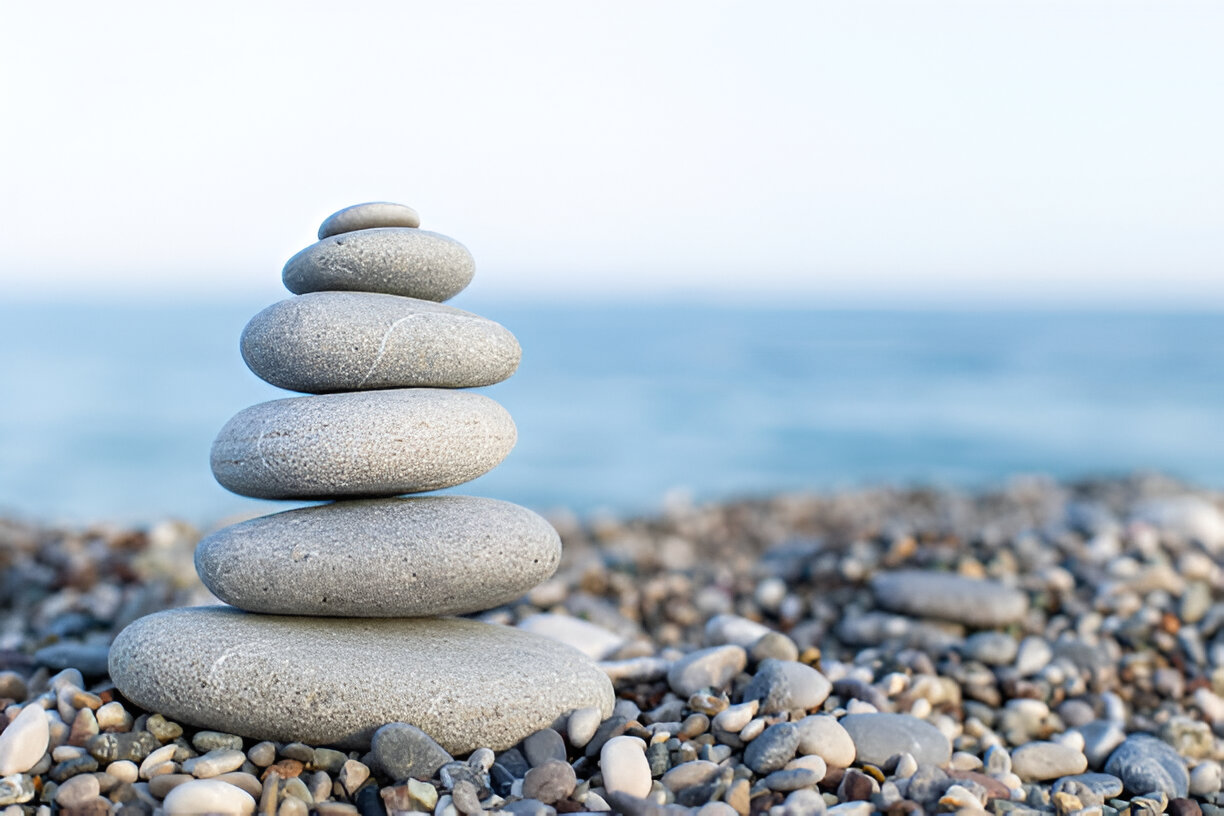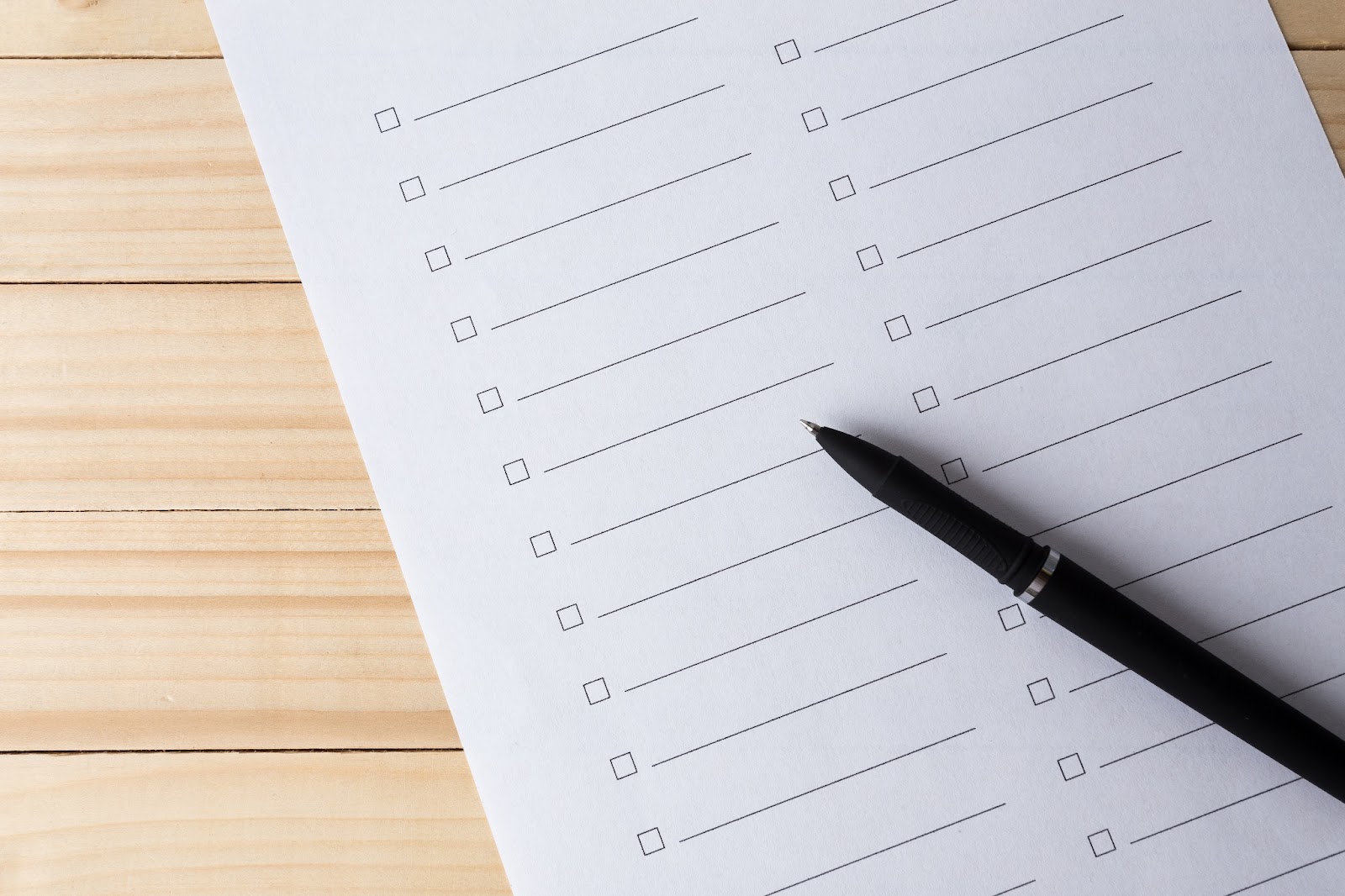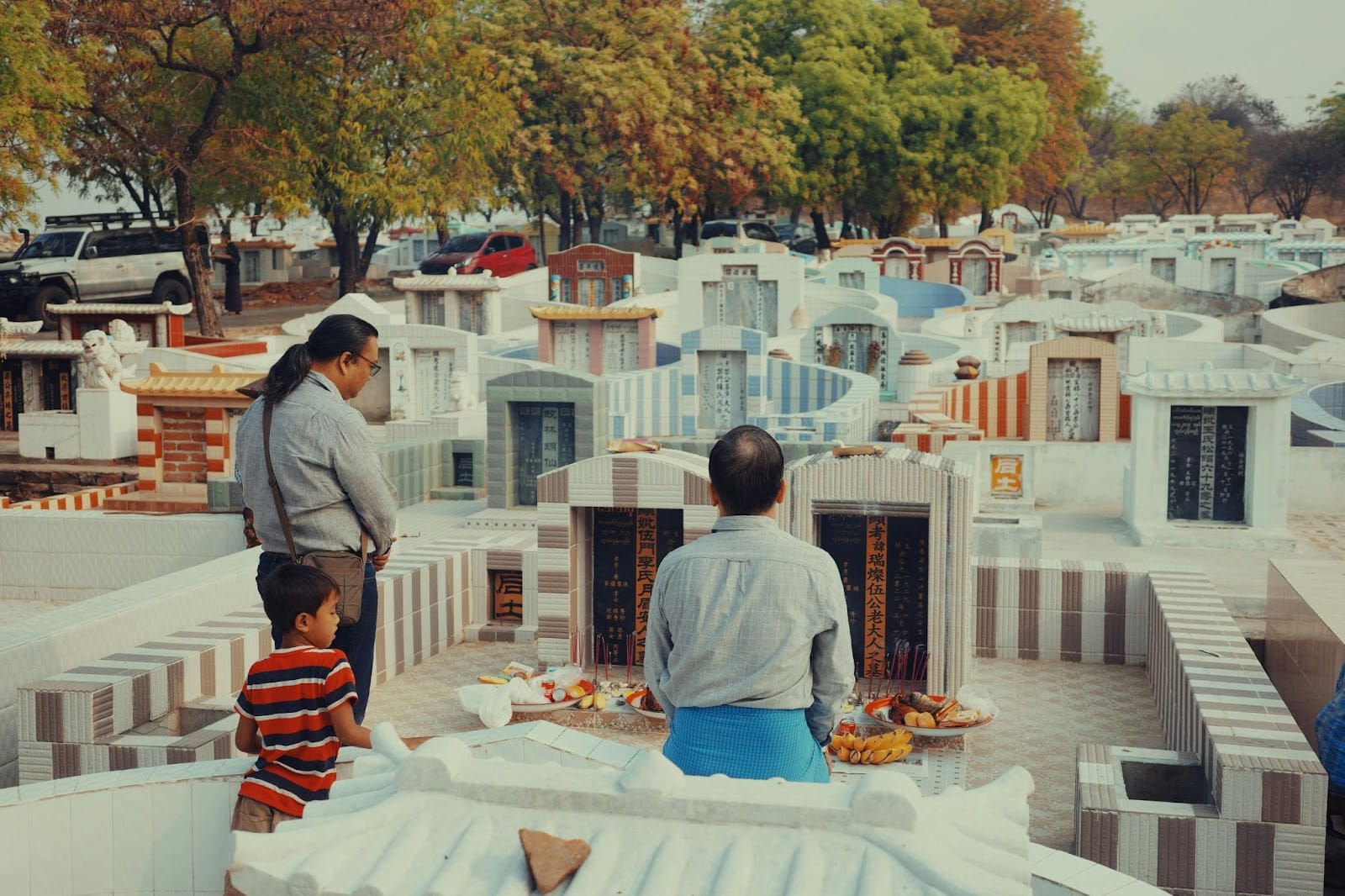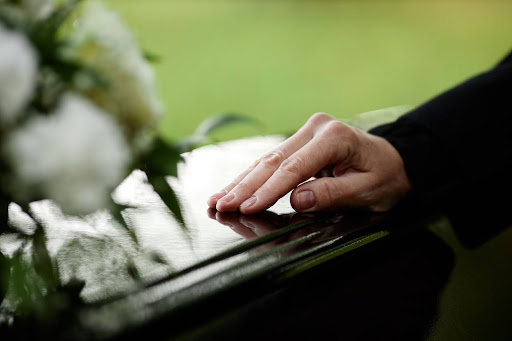The Buddhist faith is based on the belief in samsara, or the circle of life. The dogma is that these funeral rites aid individuals who have died in their transition to the next life.
Buddhist burial customs differ from one family to the next, based on the traditions or ‘schools’ followed and the country of origin. Around the world, there are numerous Buddhist denominations. Some Buddhist burial rites are more traditional, while others combine modern and traditional elements.
At Memorial Funeral, we respect each family’s unique tastes and needs, and we want to be clear that this article is meant to provide you with a basic idea of what to expect. When you have specific questions about Buddhist funeral practises, talk to the bereaved family or seek advice from a spiritual counsellor of your choosing.
What is a Buddhist funeral?
A Buddhist funeral is built on the principles of peace and serenity. Despite the fact that rites may differ, the family usually arranges for a burial ceremony and an altar to honour their loved ones. Families usually hold a short ceremony in honour of their dearly departed.
Monks frequently oversee these services, which include prayers and meditation in addition to the typical festivities. Following the Buddhist funeral service, cremation is common. Because any institutional criteria do not govern Buddhist funeral rites, some families even prefer to combine Buddhist and Christian rituals.
Buddhist funeral rites
Buddhist funerals contain rites and ceremonies that encourage a loved one’s reincarnation journey. The following are some of the most common customs and traditions:
1. Surrounding for peaceful dying
When a person is dying, the family makes every effort to provide a tranquil and calm environment. It’s customary for relatives and close friends to be present when someone passes away.
2. The dead/dying’s life reflection
Loved ones may ponder on the person’s positive deeds during their lifetime.
3. Performing good deeds
Family and friends can also undertake good activities on the loved one’s behalf, earning merits for them.
4. Wake
When a person dies, Buddhist tradition dictates that the body be allowed to rest for 8 hours. No one moves, touches, or disturbs the body during this period. Buddhists believe that the soul needs time to depart the body.
5. Organ donation
Many Buddhists prefer to donate organs because they believe it is an honourable deed that aligns with their ideals and principles on dying.
6. Cremation
Due to the Buddhist belief in reincarnation, cremation is the preferred choice for burying a loved one in Buddhist funeral rituals.
7. Funeral procession
The casket will be sealed after the ceremony and it will be placed in the hearse and family, friends and relatives will proceed to have a short walk to send their loved one off before proceeding to the crematorium.
8. Site of funeral
Many Buddhist funerals take place in the family home or in a religious setting, but current practise has many variants. The site is usually chosen by the families at the HDB void deck, multi purpose hall or the funeral parlour based on the number of guests and their preferences for ceremonies.
9. Ceremony leader
Each funeral service is usually led by a monk or a group of monks who perform a variety of sutras (Buddhist funeral prayers), chants, and read speeches.
10. Altar
Buddhist funerals include an altar with Buddha images, sculptures or statues and offerings, as well as photos and things honouring the deceased person. Flowers and refreshments may also be present.
11. Musical instruments
The ringing of bells is frequently used as part of Buddhist funeral rites.
12. Length of funeral rites
The length of most Buddhist funeral prayer varies from 90 to 120 minutes, depending on the sutra.
Buddhist funeral etiquette
Because Buddhist groups have different rituals, the family will frequently express the anticipated manners for individuals who would come. If you have any doubts, you should always inquire. Some of the following may be included in a traditional Buddhist funeral:
1. Arrival of friends and family
When mourners arrive at the service, they are welcome to pay their condolences silently at the altar. Hands are traditionally clasped together at the breast or folded in prayer, with a small bow to honour the loved one, but you can inquire what is suitable when you arrive.
2. Offerings
When mourners attend Buddhist funeral services, they frequently bring fruit, candles, and flowers to place at the casket. However, they are not a must, so don’t be concerned if you’re not sure. Just showing up and paying your last respect is already much appreciated.
3. Chanting
Attendees at funerals are always welcome to join in the chanting. Don’t be concerned if you are unfamiliar with the chants. It’s absolutely acceptable to observe the ceremony while remaining silent.
4. Sitting and standing cues
The monks leading the funeral ceremony will normally give you clues on when to sit and stand during the service so you don’t feel out of place.
5. Dress code
The family and friends of the dead customarily dress themselves in white garments or a white cloth. Mourners are typically advised to dress in plain, dark, or black attire. Instead of wearing flashy or expensive apparel and jewellery, stick to the basic dress code.
Conclusion
Buddhist funeral services are marked by a wide range of beliefs, practises, and rites, but the most important thing to remember is that you will be warmly welcomed. If you’re unsure what to do, don’t worry. If you want to make sure you’re wearing the correct outfit or arriving on time, or if you want to know how to effectively express condolences, feel free to ask someone ahead of time. The family will be grateful for your attendance, and they will be proud to have you there. To find out more about Budhhist funeral services, contact us at 8866 3326.

